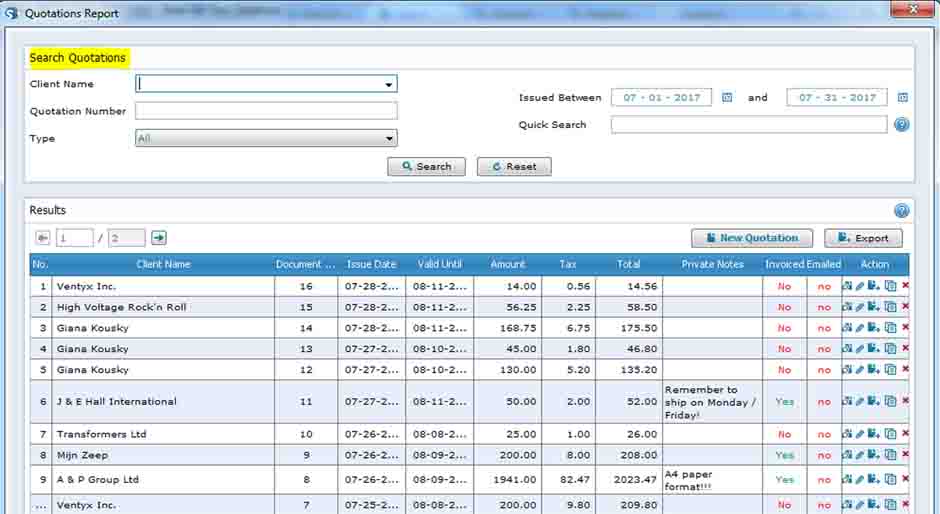The improvement of India’s indirect tax regime was started in 1986 by Vishwanath Pratap Singh, Finance Minister during the minister of Rajiv Gandhi’s government, with the introduction of the Modified Value Added Tax (MODVAT). earlier, Prime Minister P V Narasimha Rao and his Finance Minister Manmohan Singh refined early discussions on a Value Added Tax at the state level. and must check About Gst Billing Software A single common “Goods and Services Tax was proposed and given a go-ahead in 1999 during a meeting between Prime Minister Atal Bihari Vajpayee and his financial advisory panel, which included three former RBI governors IG Patel, Bimal Jalan, and C Rangarajan. Vajpayee set up a committee. Top Gst Billing Software India.
The GST was stained at midnight on 1 July 2017 by the President of India, and the Government of India. The launch was marked by a historic midnight (30 June – 1 July) session of both the houses of parliament compile at the Central Hall of the Parliament. Though the session was attended by high profile guests from the business and the entertainment industry including Ratan Tata, it was proscribed by the opposition due to the predicted problems that it was bound to lead for the middle and lower class Indians. It is one of the few midnight sessions that have been captured by the parliament – the others being the manifest of India’s independence on 15 August 1947, and the silver and golden jubilees of that occasion.] After its launch, the GST rates have been modified multiple times, the latest being on 22 December 2018, where a panel of consolidated and state finance ministers decided to revise GST rates on 28 goods and 53 services.
Members of the Congress estrange the GST launch. They were joined by members of the Trinamool Congress, Communistic Parties of India and the DMK. The parties reported that they found virtually no difference between the GST and the existing taxation system, assert that the government was trying to merely rebrand the current taxation system.. They also argued that the GST would increase existing rates on common daily goods while reducing rates on luxury items, and affect many Indians adversely, especially the middle, lower-middle and poorer income groups. 1headed by the Finance Minister of West Bengal, Asim Dasgupta to design a GST model.[6]three former RBI governors IG Patel, Bimal Jalan, and C Rangarajan. Vajpayee set up a committee headed by the Finance Minister of West Bengal, Asim Dasgupta to design a GST model.

